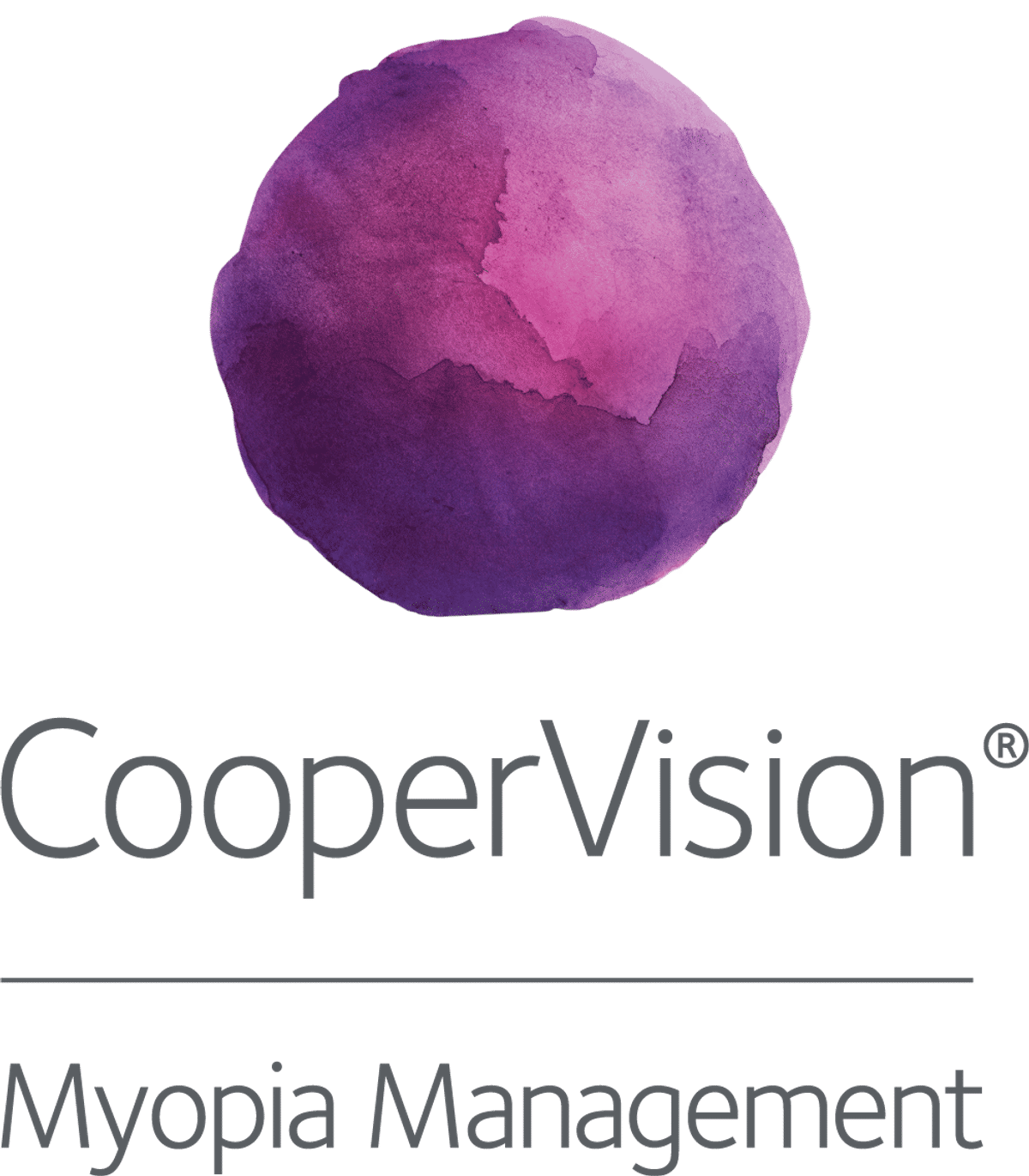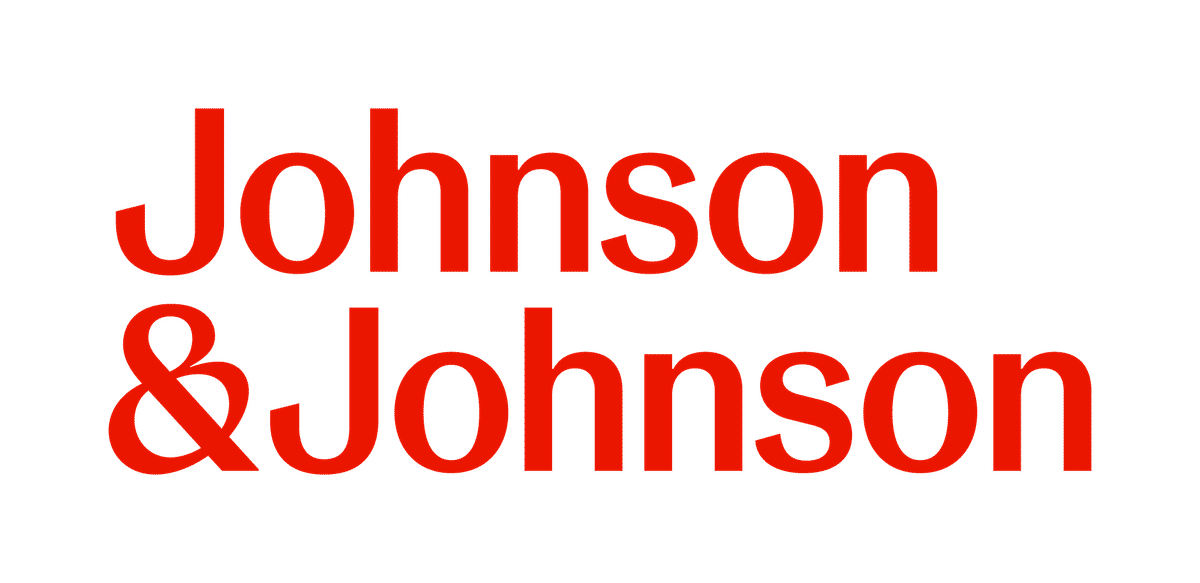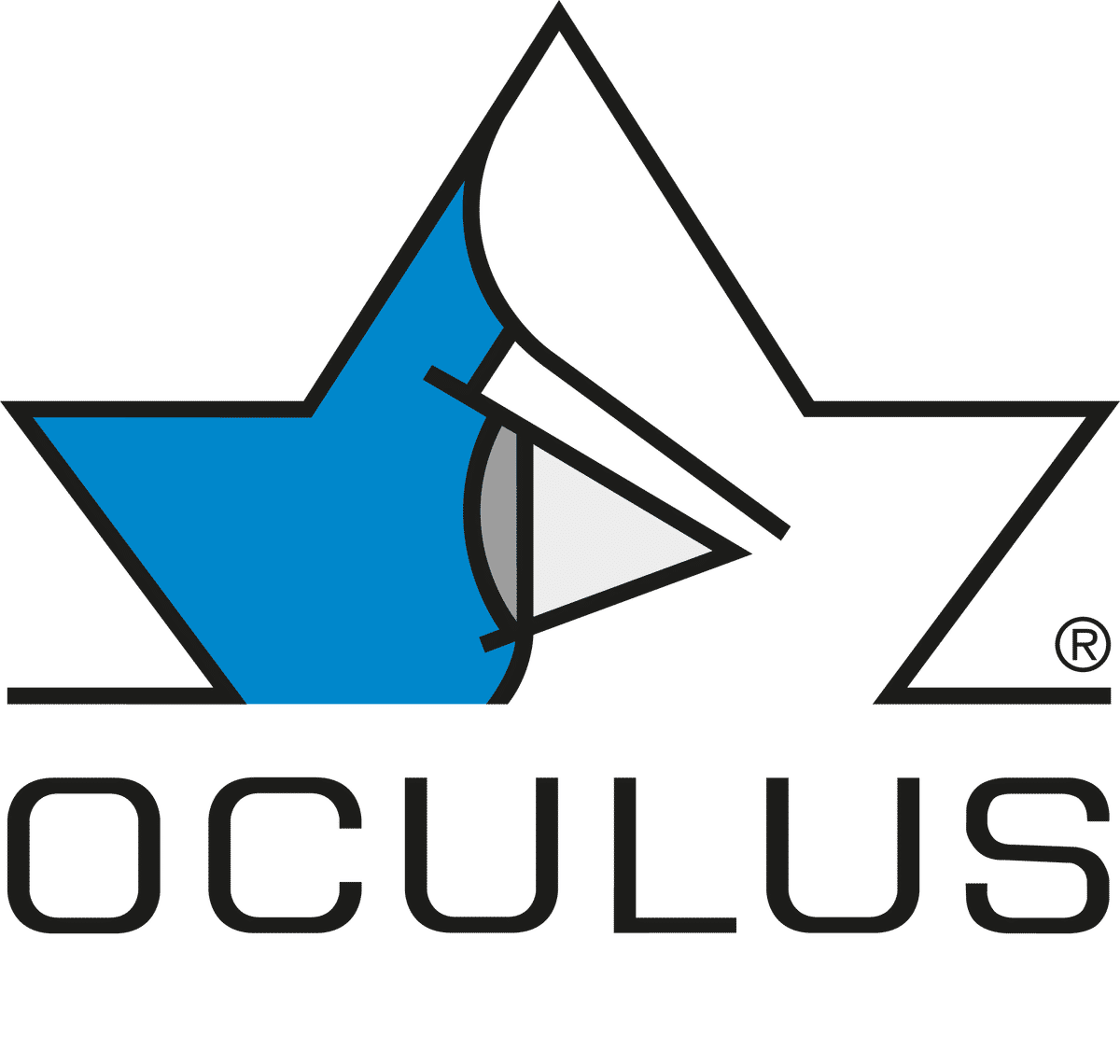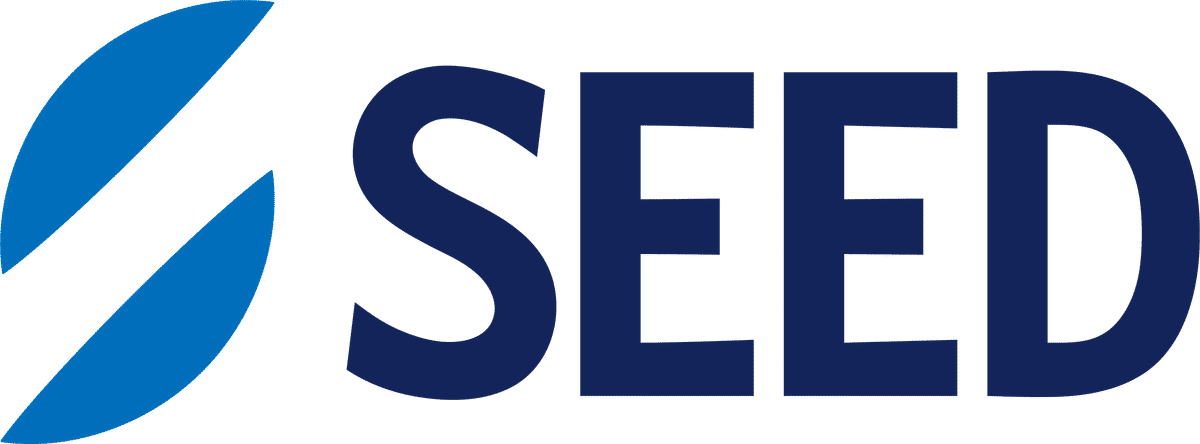Clinical
Combining forces: the latest on combination treatments in myopia management
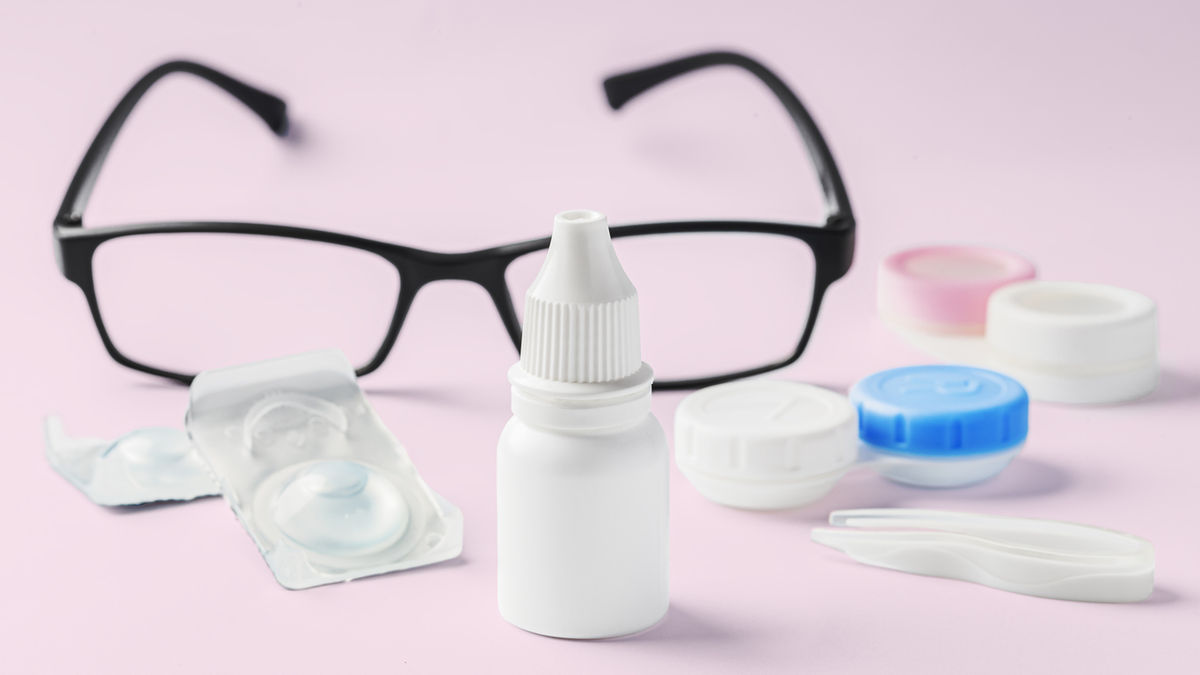
In this article:
Combination treatment in myopia management shows promise for enhancing treatment outcomes, with some approaches supported by strong evidence and others still under investigation.
Of all myopia treatments, combination therapy (typically atropine plus an optical treatment) is considered the most effective by eyecare practitioners according to the International Myopia Institute’s Global 2022 update on myopia management attitudes and strategies.1 Combination therapy in myopia management has garnered significant attention due to its potential to enhance treatment outcomes. This article will go through the latest research on combination therapy.
Which combinations have been studied?
As new myopia control interventions are developed, this expands the possibilities for combination therapies. Low-dose atropine, the only known pharmacological agent with proven effect on myopia2 is the classic additive intervention used – you can read more on how it works in our article Combination atropine treatments: when more is more. However, the advent of repeated low-level red-light therapy (RLRL) has introduced a novel approach to myopia management, offering a new possibility for combination treatments.
Although atropine and RLRL interventions can be easily integrated with existing optical treatments, their effectiveness is not always guaranteed. Here, we review the latest research on each combination that has currently been tested, including the gold-standard randomized controlled trials (RCTs), as well as clinical observation studies and research abstracts (presented at conference but not yet published in full).
Orthokeratology and atropine
Currently, the combination of orthokeratology with 0.01% atropine has the strongest evidence supporting its effectiveness. Numerous RCTs and meta-analysis papers indicate that this dual approach enhances short-term myopia control beyond what either treatment achieves alone.3
A two-year RCT demonstrated that children using both ortho-k and 0.01% atropine (AOK) exhibited significantly slower axial elongation than those using ortho-k alone (0.17 mm vs. 0.34 mm). This additive effect was particularly pronounced in the first six months of treatment, suggesting that the combination is most effective in the early stages.4 Similarly, a retrospective study found that the combination reduced axial elongation by 36% over two years compared to ortho-k alone (0.28 mm vs. 0.44 mm).5 Notably, this effect was more pronounced in younger children, indicating that early intervention may provide greater long-term benefits.
Recent research has also explored the use of 0.05% atropine in combination with ortho-k, particularly for fast progressors. A preliminary retrospective study found that children using ortho-k combined with 0.05% atropine experienced significantly less axial elongation over a year compared to those using ortho-k alone (0.14 mm vs. 0.27 mm).6 Interestingly, the effect appeared to diminish slightly in the second half of the year, suggesting a potential adaptation period.6 You can read more in our science summary Does combining 0.05% atropine have an add on effect with ortho‑k?
While both 0.01% and 0.05% atropine in combination therapy appear effective, their safety profiles and long-term effects require further study. Higher atropine concentrations may increase the risk of side effects such as photophobia and near vision blur, although 0.05% atropine remains within a tolerable range for most children.6 Some studies suggest that the effectiveness of atropine in combination therapy may plateau after 1.5 years, indicating a potential need for treatment adjustments over time.5
Overall, current evidence supports the use of ortho-k and both 0.01% and 0.05% atropine as highly effective, synergistic approaches to myopia control.
MiSight 1 Day and atropine
The combination of MiSight 1 Day contact lenses with low-concentration atropine has been explored as a strategy for myopia management. A three-year retrospective study compared myopia progression in children using 0.01% atropine alone, 0.01% atropine plus MiSight 1 Day, and a control group wearing single-vision spectacles. Children treated with 0.01% atropine alone showed significantly less myopia progression than the single vision group, with 0.44 D in year 1 and 0.51 D in year 2. The combined MiSight + 0.01% atropine group exhibited the lowest myopia progression, with 0.35 D in year 1 and 0.44 D in year 2.7
Despite these differences, the study did not find a statistically significant advantage of combining atropine with MiSight over atropine alone. However this study has significant limitations by not reporting axial length measures, therefore it is premature to conclude that MiSight 1 Day combined with 0.01% atropine has no additive effect. You can read more about the study in our science summary Combining atropine and MiSight 1 day: does it work?
A recent study examining the combined use of MiSight® 1 day and 0.05% atropine in children aged 7 to 13 years with rapidly progressing myopia found that combination therapy reduced myopia progression by an additional 0.38 D and axial elongation by 0.19 mm compared to 0.05% atropine alone. Notably, this additive benefit was greater in children with low to moderate myopia than in those with higher levels of myopia.8 You can read the science summary in our article Additive effect of MiSight and 0.05% atropine in children.
No clear additive effect was observed in one study of MiSight 1 Day and 0.01% atropine, but study limitations prevent a definitive conclusion. There was an additive effect with MiSight 1 Day and 0.05% atropine.
DIMS spectacle lenses and atropine
A 12-month RCT in European children, presented as an abstract at IMC2024, found that DIMS lenses combined with 0.025% atropine resulted in significantly less axial elongation than atropine with single-vision lenses, with a mean difference of 0.07 mm. Additionally, 39.5% of children in the combination group showed no axial elongation, compared to 14.5% in the atropine-only group, suggesting an additive effect. However, changes in SER were not significantly different between groups.9
Compared to DIMS alone, the combination of DIMS + atropine further reduced axial elongation in another European study, where axial elongation was 0.09 mm in the combination group, compared to approximately 0.15 mm in children wearing DIMS alone in previous studies, a difference of ~0.06 mm over one year.9 Similarly, an observational study found that DIMS alone slowed myopia by 57%, whereas combination therapy slowed progression by 70%, supporting a possible synergistic effect.10
A South American study also found that DIMS + 0.025% atropine led to greater reductions in axial elongation compared to atropine alone, with axial elongation of 0.13 mm per year in the combination group versus 0.21 mm with atropine monotherapy.11 This further suggests that combining DIMS and atropine may enhance myopia control beyond what either treatment achieves alone.
There appears to be an additive effect of DIMS and atropine based on a handful of clinical studies and research abstracts, but longer-term studies are needed to confirm.
HALT spectacle lenses and atropine
The combination of Highly Aspherical Lenslet Target (HALT) spectacle lenses and 0.01% atropine has not been extensively studied for myopia control. One retrospective case series of 175 children (ages 6–18 years) compared HALT-only, atropine-only, combination therapy (HALT + atropine), and single-vision lenses (SVL).
At 12 months, all treatment groups significantly reduced myopia progression compared to SVL. The combination treatment slowed SER progression more than HALT or atropine alone. However, for axial length, combination therapy was only more effective than atropine alone and not significantly different from HALT alone. This has not been published as a full paper yet, and was not a randomized controlled trial (the gold standard), but these findings suggest that HALT lenses and atropine are both effective, with combination therapy enhancing SER control but showing no added benefit for axial elongation compared to HALT alone.12
Early data indicates that HALT lenses and 0.01% atropine combination therapy provides greater control of refractive error but no added benefit for axial elongation compared to HALT alone, but more research is needed.
Biofinity Multifocal and atropine
The Bifocal & Atropine in Myopia (BAM) Study investigated whether combining 0.01% atropine with Biofinity soft multifocal contact lenses (SMCL) with +2.50 D add power provided greater myopia control than SMCL alone. Over three years, the study compared Bifocal + Atropine (BAM group) with SMCL alone and SV contact lenses as a control.
At three years, myopia progression was -0.52 D in the combination group, -0.55 D in the SMCL group, and -1.09 D in the SV group, indicating no significant added benefit of atropine when combined with SMCL. Axial elongation was also similar between the combination and SMCL groups (0.31 mm vs. 0.39 mm). This was a gold-standard RCT study - these findings indicate that adding 0.01% atropine to SMCL does not provide a meaningful additional benefit.13 You can read more about the study in our science summary The BAM study: combining 0.01% atropine with soft multifocal contact lenses.
No added benefit of 0.01% atropine with multifocal soft contact lenses.
Orthokeratology and repeated low-level red light therapy
Repeated low-level red-light (RLRL) therapy has emerged as an innovative non-invasive treatment for myopia control, with studies indicating it can significantly slow axial elongation.14 A 12-month multicentre RCT evaluated the combination of RLRL therapy with orthokeratology in children with fast axial elongation (≥0.50 mm/year) despite orthokeratology treatment. A total of 48 children (ages 8–13 years) were randomly assigned to orthokeratology alone or RLRL + orthokeratology (RCO group).
At 12 months, the RCO group had a mean axial length change of -0.02 mm, compared to 0.27 mm in the orthokeratology-only group, resulting in a mean difference of -0.29 mm. Additionally, 86.2% of children in the RCO group had axial elongation of <0.10 mm, compared to only 14.3% in the orthokeratology group. These results suggest that RLRL therapy significantly enhances the myopia control effect of orthokeratologyin children with fast axial elongation. The treatment was well tolerated, with no serious adverse events reported.15 You can read more about the study in our science summary Boosting orthokeratology efficacy with repeated low-level red light.
Combining RLRL therapy with orthokeratology is a promising new approach that significantly slows axial elongation in children with fast progression.
Final thoughts
Combination therapy is an evolving area in myopia management, offering the potential to enhance treatment outcomes beyond monotherapy. While orthokeratology with 0.01% atropine has the strongest evidence supporting its effectiveness, newer combinations such as DIMS + atropine and RLRL + orthokeratology show promise. However, not all combinations demonstrate clear additive effects, as seen with multifocal soft contact lenses + atropine. Limited data on MiSight 1 Day or HALT spectacle lenses + atropine indicate that further studies are needed to confirm this combination efficacy.
As research continues, understanding which combinations work best for different patient profiles will be crucial in optimizing myopia control strategies. Long-term studies and individualized treatment approaches will help refine these interventions, ensuring that children at risk of high myopia progression receive the most effective care possible.
References
- Wolffsohn JS, Whayeb Y, Logan NS, Weng R; International Myopia Institute Ambassador Group*. IMI-Global Trends in Myopia Management Attitudes and Strategies in Clinical Practice-2022 Update. Invest Ophthalmol Vis Sci. 2023 May 1;64(6):6.
- Kaiti R, Shyangbo R, Sharma IP. Role of Atropine in the control of Myopia Progression- A Review. Beyoglu Eye J. 2022 Aug 5;7(3):157-166.
- Yang Y, Xiao Z, Ouyang J, Guo Y. Synergistic efficacy of orthokeratology and 0.01% atropine in controlling pediatric myopia progression: A retrospective analysis. J Investig Med. 2025;00(0):1-10.
- Tan Q, Ng ALK, Cheng GPM, Woo VCP, Cho P. Combined 0.01% atropine with orthokeratology in childhood myopia control (AOK) study: A 2-year randomized clinical trial. Cont Lens Anterior Eye. 2023;46:101723.
- Du L, Chen J, Ding L, Wang J, Yang J, Xie H, et al. Add-On Effect of 0.01% Atropine in Orthokeratology Wearers for Myopia Control in Children: A 2-Year Retrospective Study. Ophthalmol Ther. 2023;12:2557–68.
- Wen L, Liu H, Xu Q, Pan W, Lin Z, Xiao Z, et al. Add-on effect of using 0.05% atropine in fast progressors of orthokeratology: A preliminary retrospective study. Cont Lens Anterior Eye. 2025;48:102282.
- Erdinest N, London N, Lavy I, Landau D, Ben Ephraim Noyman D, Levinger N, Morad Y. Low-Concentration Atropine Monotherapy vs. Combined with MiSight 1 Day Contact Lenses for Myopia Management. Vision (Basel). 2022 Dec 12;6(4):73
- Yum HR, Han SY, Park SH, Shin SY. Synergistic Effect of Dual-Focus Soft Contact Lenses and 0.05% Atropine on Myopia Control in Children With Rapidly Progressing Myopia. Eye Contact Lens. 2025 Feb 1;51(2):92–97.
- Guemes Villahoz N, Talavero-Gonzalez P, Bella-Gala R, Porras-Angel P, Hernandez-Garcia E, Martin-Garcia B, et al. Defocus Incorporated Multiple Segments spectacle lenses and 0.025% atropine for myopia control in European children: 12-month results of a randomized clinical trial. 2024. Abstract presented at the International Myopia Conference in Sanya, China.
- Nucci P, Lembo A, Schiavetti I, Shah R, Edgar DF, Evans BJW. A comparison of myopia control in European children and adolescents with defocus incorporated multiple segments (DIMS) spectacles, atropine, and combined DIMS/atropine. PLoS One. 2023;18(2):e0281816.
- Cunha CM, Cunha JT, Marchezine G, Ribeiro MM, Novaes MB, Carvalho VDP, et al. A real-world study comparing atropine monotherapy to the synergistic effects of combination treatment: Defocus Incorporated Multiple Segments spectacle lenses and low-dose atropine. 2024.
- Vagge A, Frattolillo A, Nucci P, Samassa F, Barosco G, Rapizzi E, et al. Highly Aspherical Lenslet Target (HALT) technology in combination with low-dose atropine to control myopia progression. Invest Ophthalmol Vis Sci. 2024;65:2739. Abstract presented at the 2024 ARVO Annual Meeting, held in Seattle, WA, May 5-9, 2024
- Jones JH, Mutti DO, Jones-Jordan LA, Walline JJ. Effect of Combining 0.01% Atropine with Soft Multifocal Contact Lenses on Myopia Progression in Children. Optom Vis Sci. 2022 May 1;99(5):434-442.
- Xu Y, Cui L, Kong M, Li Q, Feng X, Feng K, Zhu H, Cui H, Shi C, Zhang J, Zou H. Repeated Low-Level Red Light Therapy for Myopia Control in High Myopia Children and Adolescents: A Randomized Clinical Trial. Ophthalmology. 2024 Jun 6:S0161-6420(24)00318-X.
- Xiong R, Wang W, Tang X, He M, Hu Y, Zhang J, et al. Myopia Control Effect of Repeated Low-Level Red-Light Therapy Combined with Orthokeratology: A Multicenter Randomized Controlled Trial. Ophthalmology. 2024;131(11):1304-1313.
Enormous thanks to our visionary sponsors
Myopia Profile’s growth into a world leading platform has been made possible through the support of our visionary sponsors, who share our mission to improve children’s vision care worldwide. Click on their logos to learn about how these companies are innovating and developing resources with us to support you in managing your patients with myopia.

